Dragon fruit, also known as pitaya, is an exotic tropical cactus plant with stunning pink fruits and vibrant blooms. While it’s relatively easy to grow in the right conditions, many beginners make common mistakes that can harm growth, reduce yield, or even kill the plant. This comprehensive troubleshooting guide will help you identify and avoid the most frequent pitfalls in dragon fruit cultivation—so you can enjoy healthy plants and a bountiful harvest.
1. Overwatering the Dragon Fruit Plant

One of the most common mistakes is overwatering. Dragon fruit is a cactus, and like other succulents, it does not thrive in waterlogged soil. Excess water can lead to root rot, fungal infections, and the overall decline of your plant.
Symptoms of Overwatering:
- Yellowing or droopy stems
- Soft, mushy roots or base
- Black spots or moldy patches on the stem
- Foul-smelling soil
Solution:
- Use well-draining cactus mix or sandy soil.
- Water only when the top 2-3 inches of soil is dry.
- Ensure pots or ground soil have excellent drainage.
- Reduce watering during winter or dormant periods.
2. Incorrect Sunlight Exposure
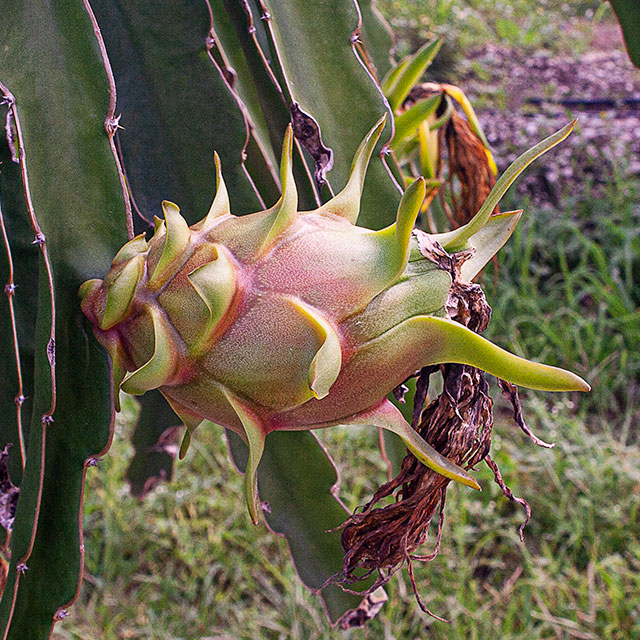
Dragon fruit needs plenty of light, but too much direct sun—especially in hot climates—can scorch the plant. On the other hand, too little sunlight can lead to leggy, weak growth and poor fruit development.
Symptoms of Light Issues:
- Brown, sunburned patches (too much sun)
- Pale, stretched stems (too little sun)
- Slow or stunted growth
Solution:
- Provide 6–8 hours of filtered or morning sunlight.
- In tropical zones, use shade netting to protect from afternoon heat.
- Indoors, place the plant near a bright window or under grow lights.
3. Poor Soil Selection
Dragon fruit doesn’t perform well in heavy clay or poorly aerated soils. Using the wrong soil mix can cause slow growth, nutrient lockout, and root diseases.
Solution:
- Use a well-draining mix: 1 part sand or perlite, 1 part organic compost, and 1 part garden soil.
- pH should be slightly acidic to neutral (around 6 to 7).
- Add compost or worm castings to boost nutrients organically.
4. Lack of Proper Support/Trellis
Dragon fruit plants are climbing cacti. Without support, they can collapse under their own weight or grow unevenly, leading to damage or reduced fruiting.
Solution:
- Install a sturdy trellis or post about 5–6 feet tall.
- Use soft ties or cloth strips to attach the branches.
- Train the stems to grow vertically, then allow top branching for fruiting.
5. Ignoring Pruning and Maintenance
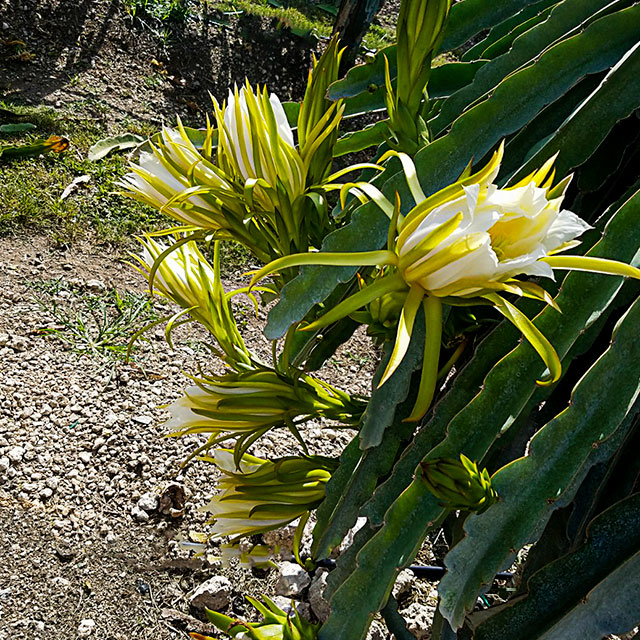
Failing to prune your dragon fruit plant leads to overcrowding, poor airflow, pest issues, and reduced fruit production.
Solution:
- Prune off weak, diseased, or tangled stems.
- Remove old or unproductive branches yearly.
- Allow about 3–4 strong branches per plant for optimal growth.
6. Overfertilization
Too much fertilizer, especially chemical-based, can burn roots, promote excessive leafy growth, and reduce flowering.
Symptoms:
- Burnt leaf tips or stem tips
- Excessively thick stems with little flowering
- Salt buildup on soil surface
Solution:
- Use balanced organic fertilizer or compost every 2–3 months.
- During the fruiting season, apply high-phosphorus fertilizer.
- Flush the soil with clean water occasionally to prevent salt buildup.
7. Neglecting Pests and Diseases
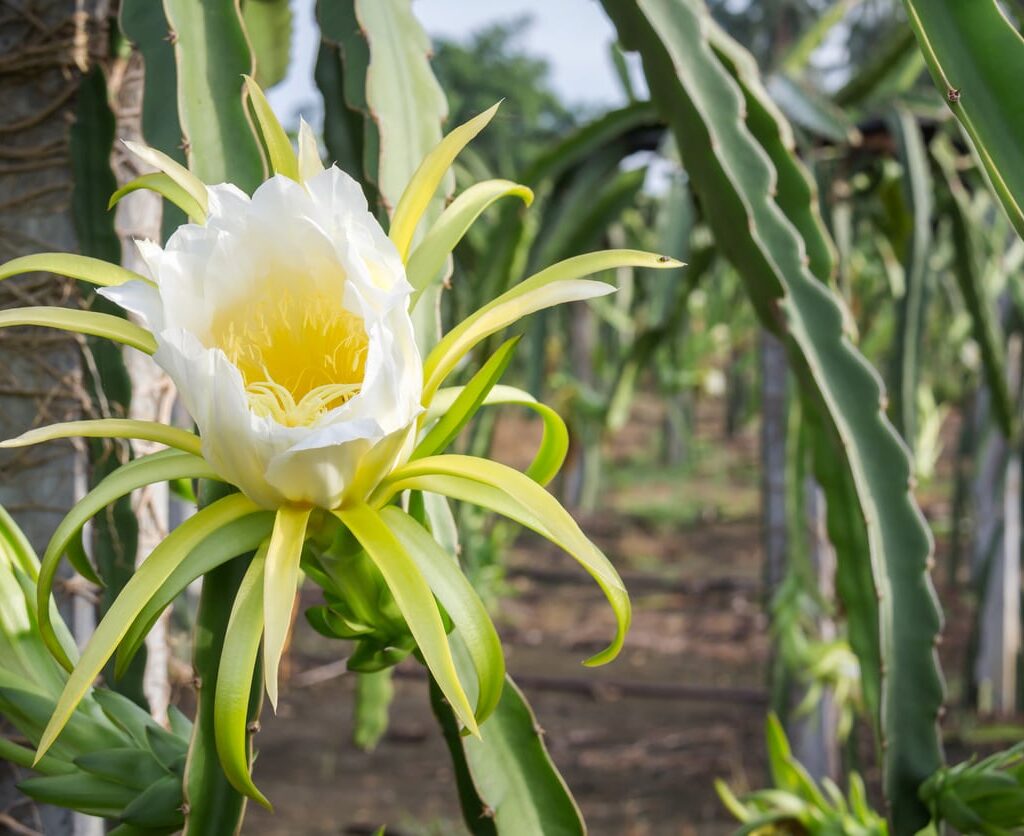
Dragon fruit is relatively pest-resistant, but it can suffer from common garden threats if not monitored.
Common Issues:
- Aphids: Sap-sucking insects that distort new growth.
- Mealybugs: White, cottony pests that feed on plant juices.
- Stem rot or rust spots: Fungal infections from high moisture.
Solution:
- Spray neem oil or insecticidal soap as a preventive.
- Avoid watering directly on stems and improve airflow.
- Remove infected parts and sterilize tools after pruning.
8. Incorrect Pollination Techniques
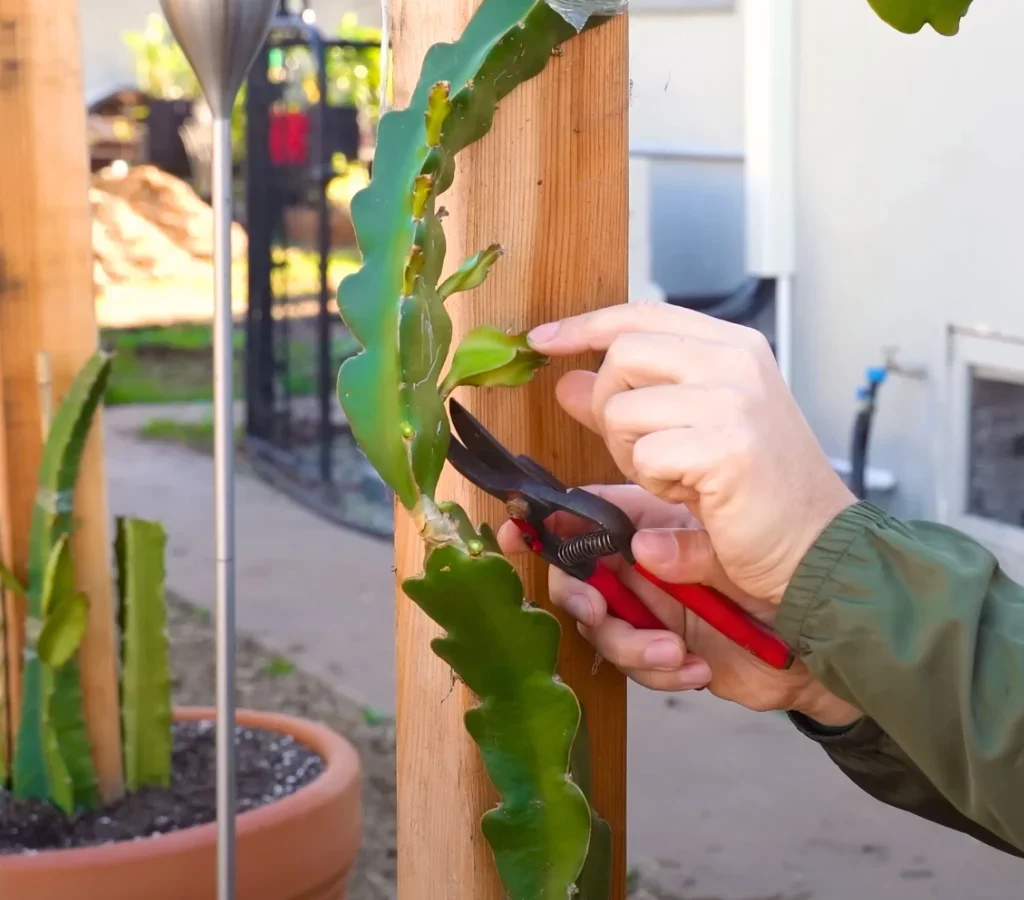
Some dragon fruit varieties are self-sterile, meaning they require cross-pollination from another plant to bear fruit. Relying only on bees or neglecting pollination can result in flower drop and no fruit.
Solution:
- Check if your variety is self-pollinating or self-sterile.
- Hand-pollinate at night or early morning using a small brush.
- Gently transfer pollen from one flower to another for better fruit set.
9. Wrong Pot or Container Size
For container growers, choosing a pot that’s too small restricts root growth and affects overall plant health.
Solution:
- Use containers at least 15–20 gallons in size for mature plants.
- Ensure at least one large drainage hole at the bottom.
- Repot every 2–3 years to refresh the soil and provide root space.
10. Harvesting Too Early (or Too Late)
Harvesting dragon fruit at the wrong time can affect taste, texture, and nutritional value.
Signs of Ripeness:
- The fruit skin turns bright pink or red (depending on the variety).
- The “wings” or flaps on the fruit begin to dry slightly.
- Fruit should be slightly soft to the touch—not hard.
Solution:
- Wait at least 27–33 days after flowering for harvesting.
- Use a clean knife to cut the fruit off the stem gently.
- Store harvested fruit in a cool place or refrigerate for longer shelf life.
11. Lack of Patience and Consistency
Dragon fruit plants don’t fruit immediately—they need proper care and time to mature. Some beginners give up too early or inconsistently water, feed, or care for the plant.
Solution:
- Understand that fruiting often starts 1–2 years after planting.
- Stay consistent with watering, feeding, pruning, and monitoring.
- Track growth with a garden journal to observe patterns.
12. Improper Climate and Zone Misjudgment
Dragon fruit is best suited for USDA zones 9–11, where temperatures don’t drop below freezing. Attempting to grow it outdoors in unsuitable climates can be fatal to the plant.
Solution:
- In cooler regions, grow dragon fruit in containers and bring them indoors during winter.
- Use frost cloths if unexpected cold snaps occur.
- Maintain indoor temperatures above 50°F (10°C) for winter survival.
Conclusion
Growing dragon fruit can be both exciting and rewarding, but avoiding common mistakes is key to long-term success. Whether you’re a beginner or an experienced gardener, this troubleshooting guide provides the essential knowledge you need to identify problems early and apply the right fixes. By focusing on proper care, smart observation, and consistent attention, your dragon fruit plant can thrive and reward you with delicious, juicy fruits for years to come.

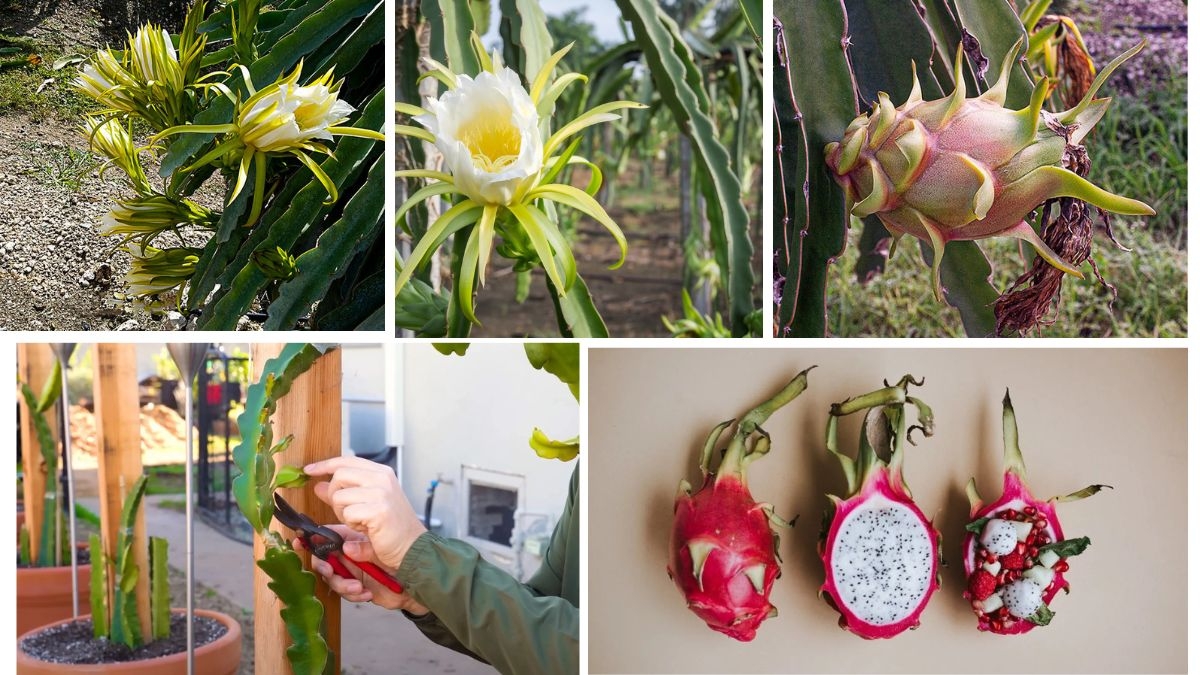
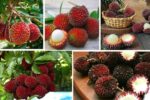

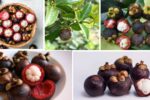
Leave A Comment